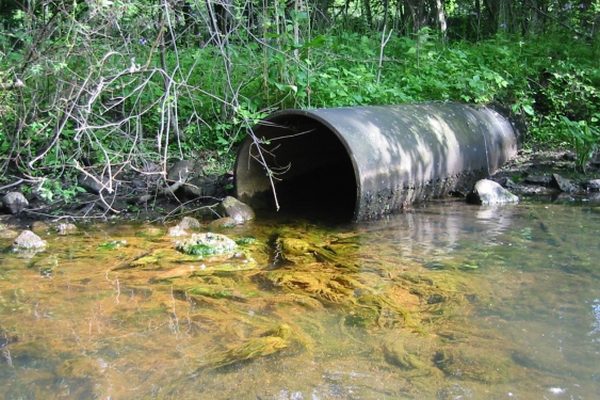Published on the 23/01/2019 | Written by Heather Wright

KotahiNet only finalist from outside Europe and North America…
In another example of Kiwi can-do getting some well-deserved recognition, IoT network provider KotahiNet is one of 20 finalists for the 10th IOT/WT Innovation World Cup. What makes the news more remarkable is that out of close to 500 entries from all over the world, KotahiNet is the only finalist outside of Europe and North America.
The 10th Innovation World Cup is an international competition for IoT and wearable technology vendors that provides a platform for showcasing their solutions. Finalists will get to pitch, with a winner announced at an award ceremony at the Barcelona Mobile World Congress on 26 February.
“We’re proud to see Kiwi IoT innovations being showcased on a global stage.”
Kotahi Net’s entry is a self-contained, floating sensor, branded EnLive, which is designed to provide continuous water quality monitoring, providing real-time data.
With the department of conservation reporting that “water quality in New Zealand, while generally good by international standards, is declining according to data from the National Rivers Water Quality Network (NRWQN)”, deteriorating waterways is big news and Kotahi Net’s entry into the Innovation World Cup is very timely.
In practice, EnLive has the potential to improve water quality monitoring. Existing measurement practices by the NRWQN typically see water quality measured on a periodic basis using costly manual processes. Because of this, water pollution monitoring is limited to higher priority sites, with harder to reach and more remote locations often not monitored.
The KotahiNet water monitoring device not only provides continuous and autonomous monitoring but does so at a significantly more affordable price point. The upshot is that pollution monitoring for an entire river as well as its streams and tributaries becomes possible. Data gathered is in real-time and can provide an initial indication of pollution levels for entire waterways.
KotahiNet director Vikram Kumar likens the economics of their water quality monitoring system to police checkpoints.
“When police are checking for drink driving, they use a low-cost breathalyser to screen every driver. Only failed drivers are then required to take an evidential breath or blood test. In the same way, KotahiNet’s device provides an indication of river pollution extensively with manual, expensive methods still required to provide evidential data.”
Enlive provides continuous water quality data information to communities about waterway pollution levels. With results available in real-time, tasks that were either difficult or next to impossible become a doable proposition. These can include councils being able to warn the public if it is unsafe to swim at a specific location.
EnLive was first installed at four sites on the Waikato River, with a fifth unit soon to be installed in Hamilton. A second installation is planned for the Avon/Ōtākaro River in Christchurch, as part of the Drinkable Rivers campaign.
Using the Internet of Things is nothing new for Christchurch. In 2013, they launched the ‘Sensing City’ project that proposed a network of sensors be deployed to monitor pedestrian, traffic flows plus air and water pollution levels, among other things. While the project got scuttled in 2015 due to financial pressures, EnLive could further Christchurch’s smart city ambitions.
NZ IoT Alliance Executive Director, Kriv Naicker, says “New Zealand now has multiple IoT networks in place with world-leading solutions that are having a positive impact across our primary sectors and cities and regions.
“New Zealand IoT Alliance member, Kotahi Net is championing this effort with being chosen as a finalist for the 10th Innovation World Cup Series, and we’re proud to see Kiwi IoT innovations being showcased on a global stage.”



























